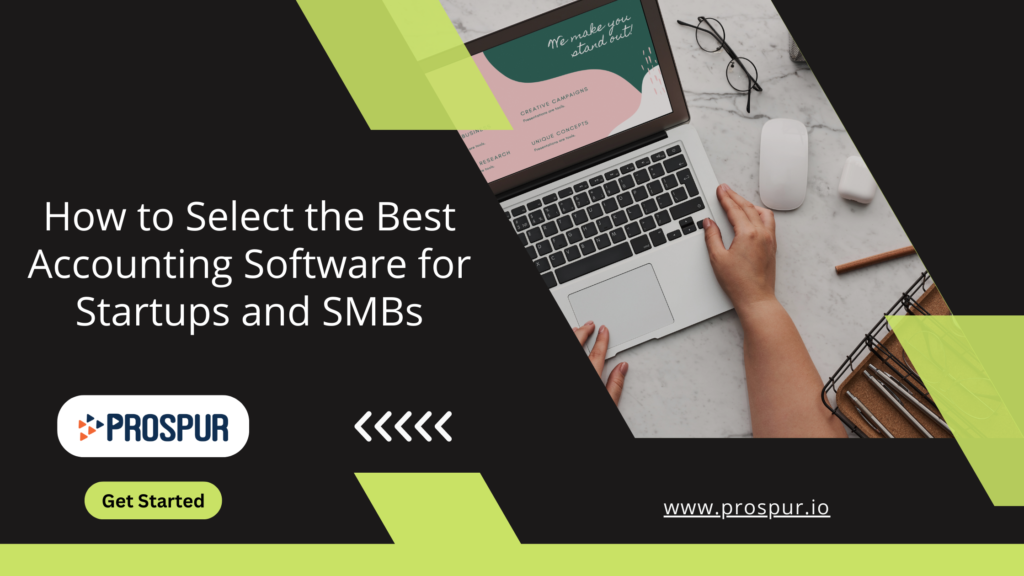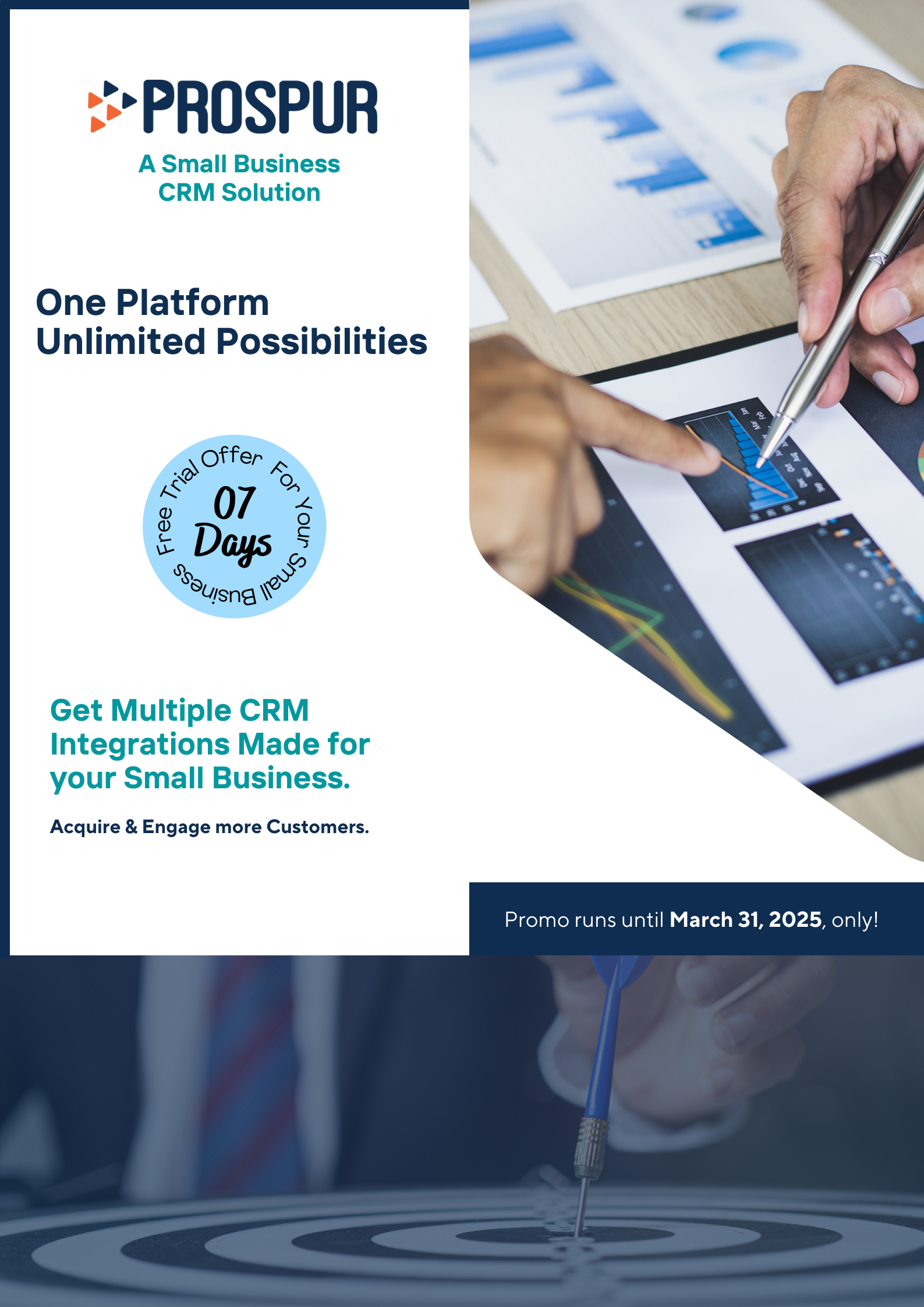How to Select the Best Accounting Software for Start-ups and SMBs
Editorial StaffMarch 8, 2022

While most SMB owners spend considerable time growing their businesses, they tend to ignore the company’s financial health. Effective accounting for startups is one of the essential elements to gaining success.
If you are still managing your accounts on an excel sheet, you should consider adopting cloud-based accounting software. Accounting software can help you avoid human error, track daily invoices and bills, capital and operational expenses, unwanted leakage of funds, and profit and loss.
Accounting software also makes it easy to meet tax compliances at the end of the year.
10 Steps to Select the Best Accounting Software for Start-ups and SMBs:
#1. Features List
If you have international clients, you may need currency conversion. If you hold a stock of a product, you may need an inventory management feature. Make a list of all the necessary features you wish to have in your accounting software.
#2. User-Friendly
The accounting software should be easy to understand and use, even for the non-accounting team.
#3. Multi-Currency Transactions
If you have international clients, the accounting software should support multi-currency conversions and billing.
#4. Web-Based Application
Web-based accounting software makes it easy to share data with other team members and can be accessed globally using smartphones, tablets, and laptops.
#5. Integration with Other Business Software
You may be using other software to manage HR, inventory, or CRM. The accounting software should integrate with these automatically so that you don’t have data silos.
#6. Secure Data
It can be devastating to lose your financial data stored on a local server due to accidents, fire, and malware. Cloud-based software keeps your data secure at all times, and you don’t have to worry about taking backups.
#7. Customer Support
With cloud-based software, you don’t have to worry about hiring a maintenance team. You get dedicated 24/7 technical and operational support included in the subscription fee. Take a trial run and assess the customer support response.
#8. Keep your Budget in Mind
Most cloud-based software is subscription-based. The fee depends on the number of users, storage space, and the extent of features. If you are starting up, you can take free trial versions and scale up as your business grows.
#9. Explore the Add-On Features
Think long-term. Most subscription plans have options with different features. If your business already has a big footprint, you can take the full feature package or take the lower version and keep adding the features as your business grows.
#10. Consult your Accountant
Discuss your long-term growth plans with the accountant. Your accountant will help you identify all the requirements and try various software options in the market.
Final Words:
You don’t have to decide in a hurry. Instead, run a software step-by-step through the checklist above before deciding, or get in touch with an expert.
Prospur.io provides you with a dashboard that integrates seamlessly with other software applications to track sales and marketing inputs, manage orders and invoices, and CRM functions such as contact management, reputation management, and online marketing campaigns.
Contact us to learn more, or Try a FREE Demo today.
Frequently Asked Questions:
1. What is the easiest accounting software for small businesses?
Every business has a different need based on its operating model. Your accounting software is of no use if you need a degree to use and understand it. Most cloud-based accounting software is intuitive and easy to use for even the non-accounting team.
Accounting software like Prospur can help you monitor your SMB through a visual dashboard. As a result, you can easily manage your contacts, daily expenses, and invoices.
The software’s CRM features also help in contact management, online marketing campaigns, reputation management, and easy integration with other software systems.
2. Can you make invoices with Microsoft Office?
Yes, you can make invoices using either MS Excel or MS Word. But that usually involves a lot of manual work, and there are higher chances of accounting errors.
It is also difficult to track standalone invoices when you need to access them quickly. You should rather go for cloud-based accounting software, which is easy to adopt and understand.
It helps you track even the smallest invoices and expenses and access them quickly when you need them.

